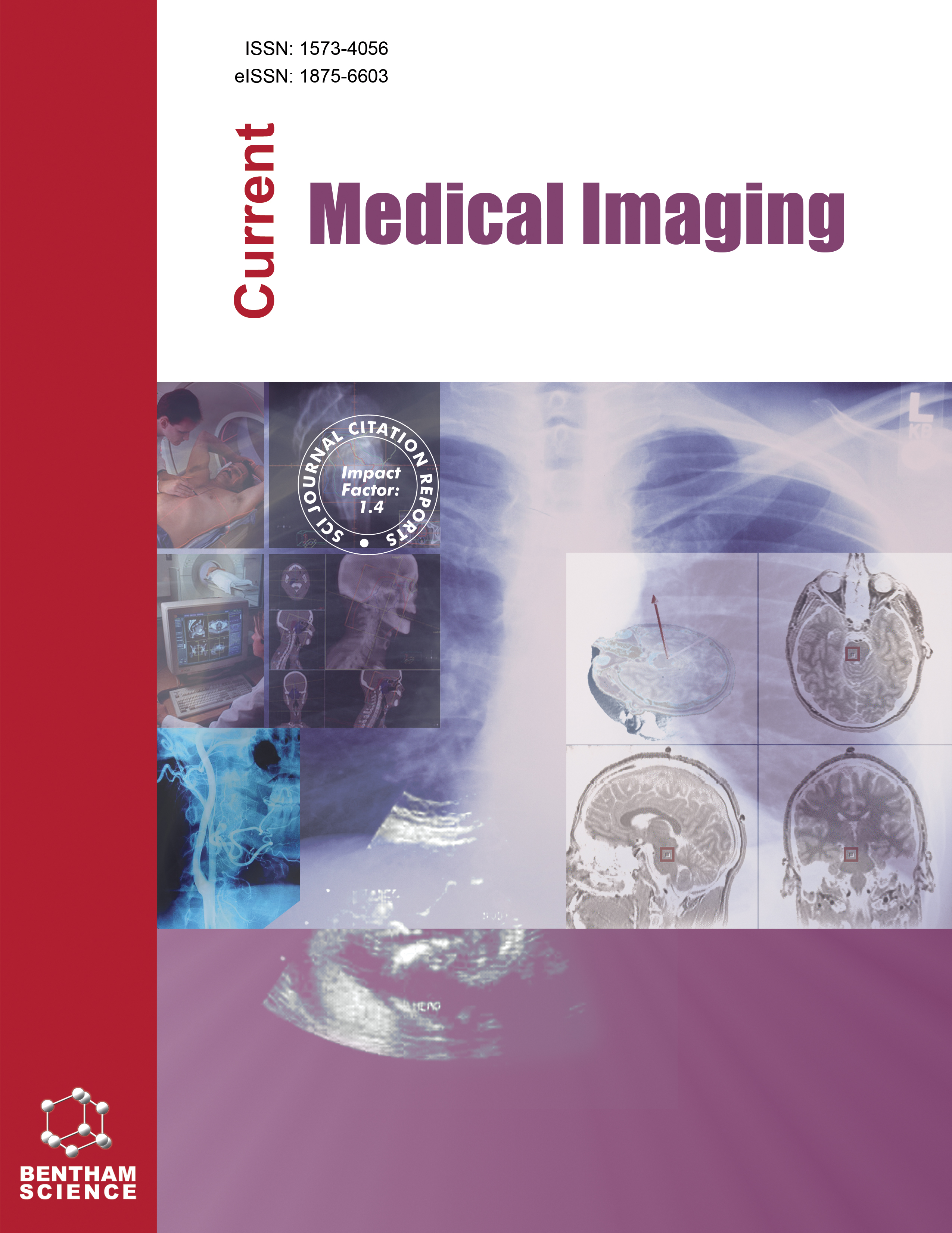-
oa Identification of Severe Grading in Knee OsteoArthritis from MRI using Ensemble Deep Learning
- Source: Current Medical Imaging, Volume 20, Issue 1, Jan 2024, e15734056289963
-
- 28 Oct 2023
- 23 Feb 2024
- 01 Jan 2024
Abstract
Accurate finding of Knee Osteoarthritis (KOA) from structural Magnetic Resonance Imaging (MRI) is a difficult task and is greatly subject to user variation. Furthermore, the identification of knee osteoarthritis (KOA) from MRI scans presents a challenge due to the limited information available. A novel methodology using an ensemble Deep Learning algorithm, combining EfficientNet-B3 and ResNext-101 architectures, aims to forecast KOA advancement, bridging the identified gap in clinical trials.
The study aims to develop a precise predictive model for knee osteoarthritis using advanced deep-learning architectures and structural MRI scan data. By utilizing an ensemble technique, the model's accuracy in predicting disease development is enhanced, surpassing the limitations of traditional biomarkers.
The study used the Osteoarthritis Initiative dataset to develop an ensemble Deep Learning model that combined EfficientNet-B3 and ResNext-101 architectures. Techniques like cropping, gamma correction, and in-slice rotation were used to expand the dataset and improve the model's generalization capacity.
The Deep Learning model demonstrated 93% validation accuracy on the OAI dataset, accurately capturing subtle patterns of knee osteoarthritis progression. Augmentation approaches enhanced its resilience.
Our ensemble Deep Learning approach, using ResNext-101 and EfficientNet-B3 architectures, accurately predicts knee osteoarthritis courses using structural MRI data, demonstrating the importance of data augmentation for improved predictive tools.


